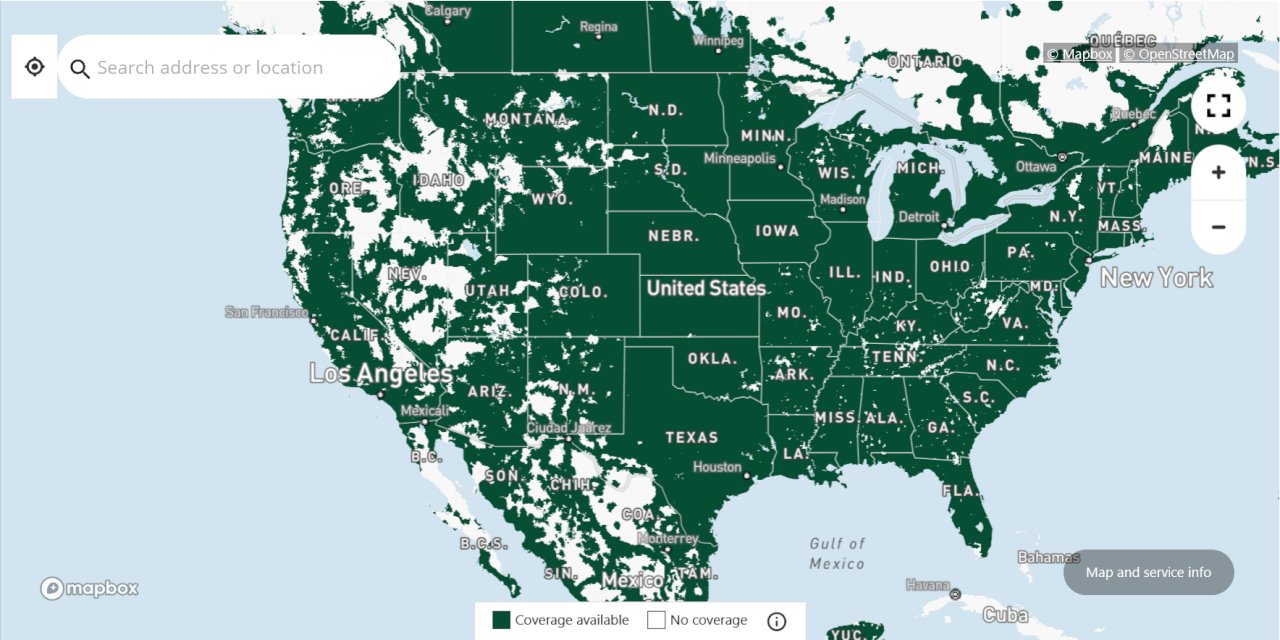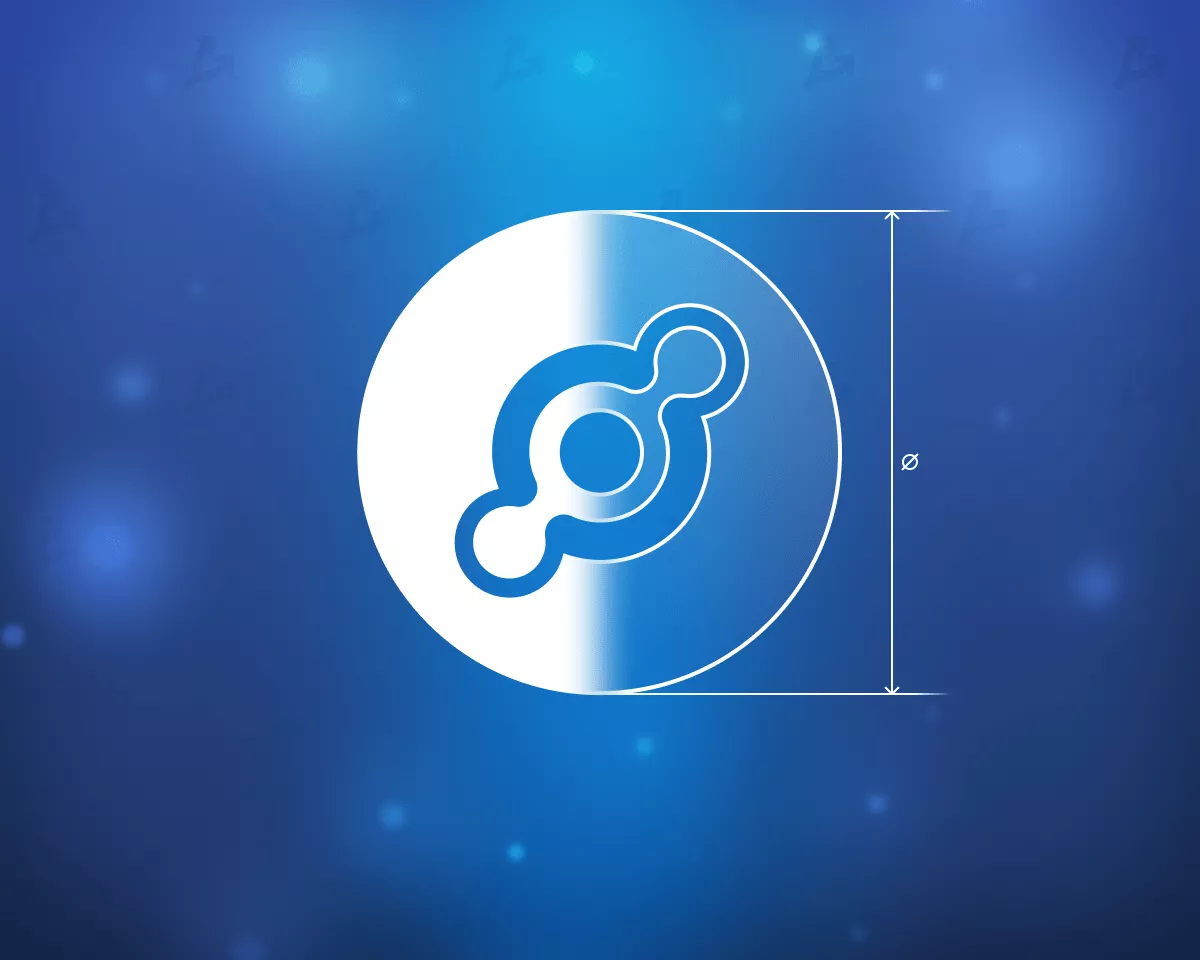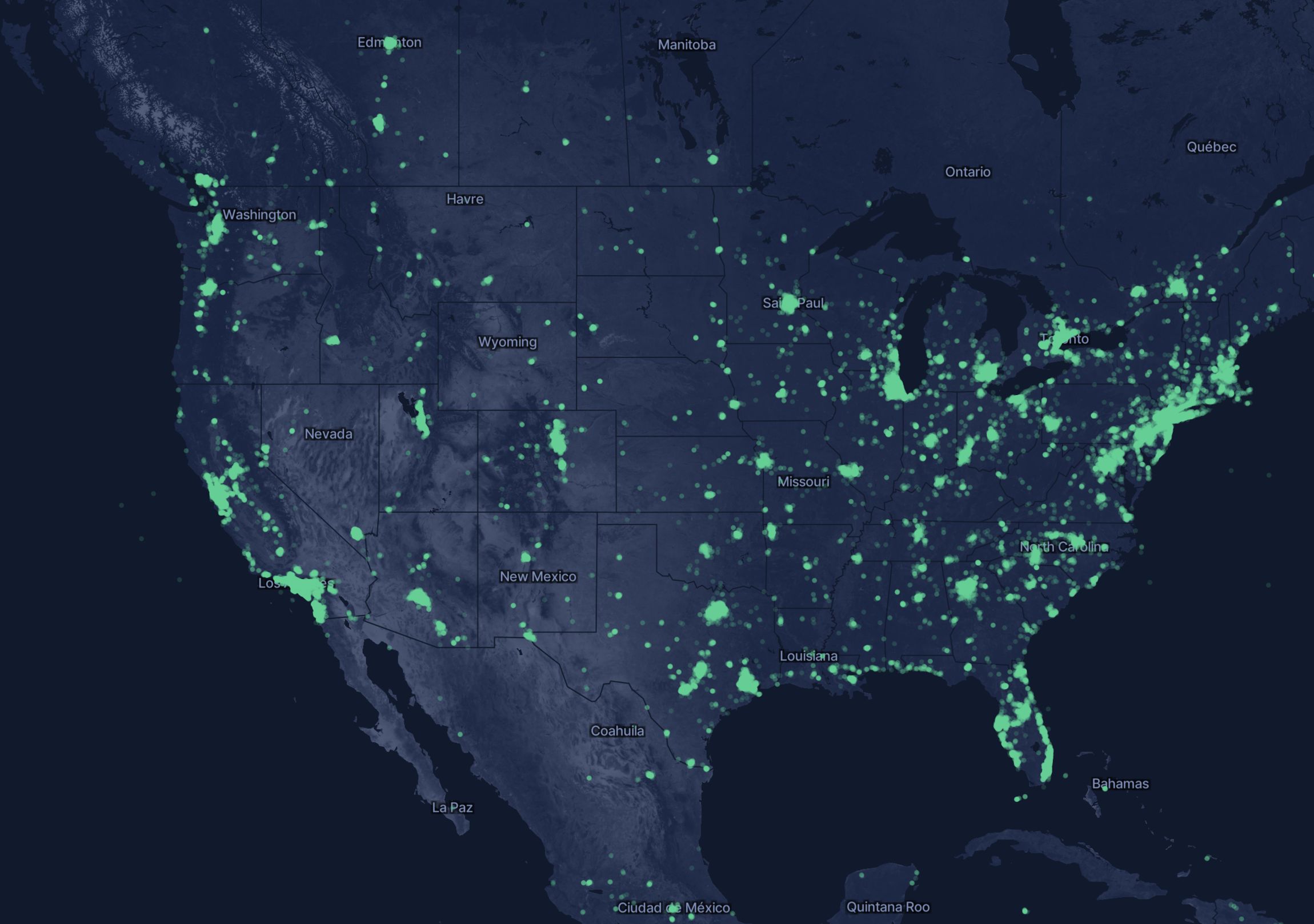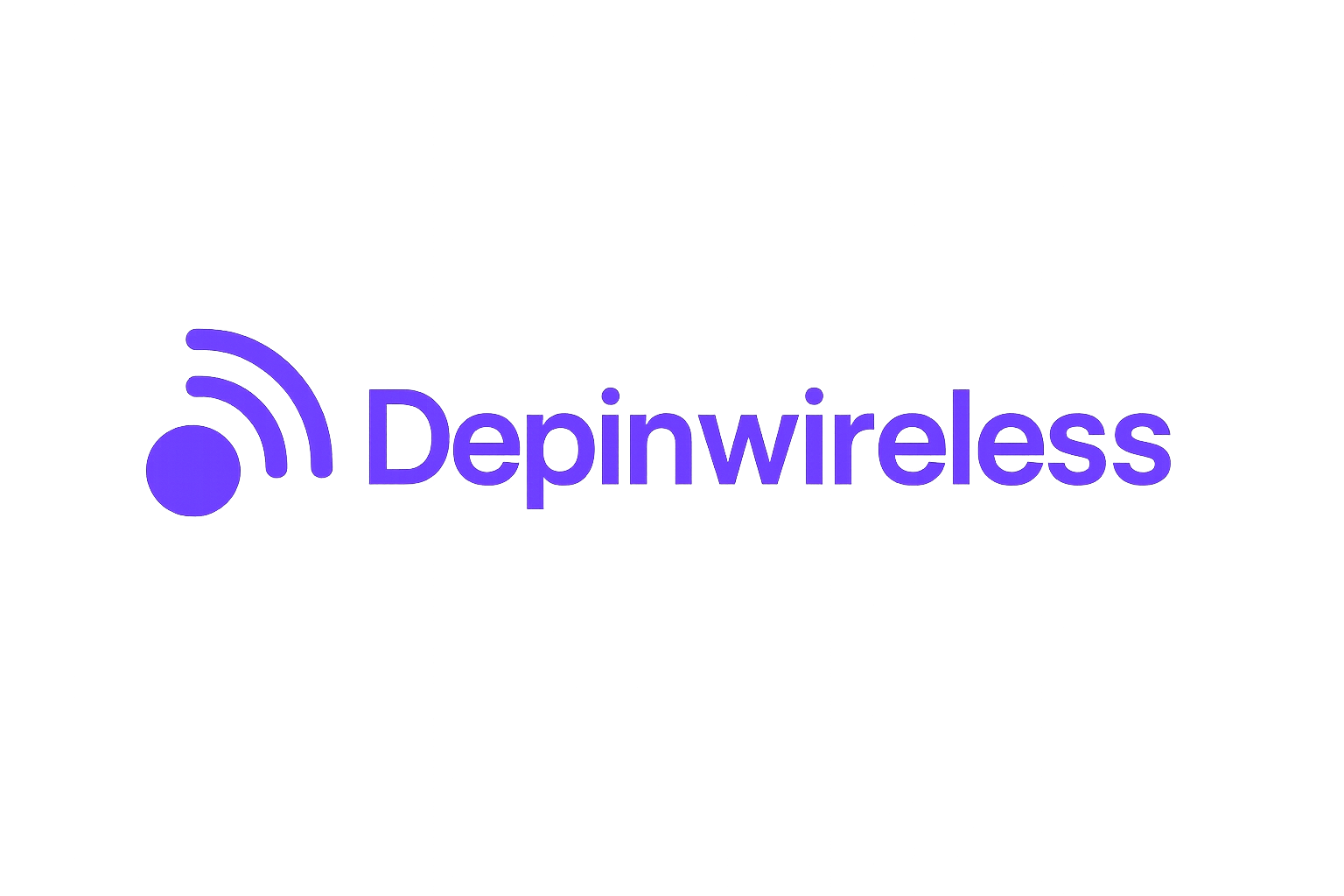
Urban connectivity is undergoing a seismic shift, and at the center of this transformation are Helium 5G hotspots. These decentralized devices are not just a technical novelty – they are actively reshaping how cities deploy and manage wireless infrastructure for the Internet of Things (IoT). With over 967,000 hotspots distributed across 162 countries and a thriving presence in major U. S. urban centers, Helium’s vision of a “user-owned internet” is rapidly materializing. But what makes Helium’s approach so disruptive for urban IoT networks?
Decentralized Wireless: The Helium Model
Launched in 2019 by Amir Haleem, Helium set out to build a decentralized wireless network specifically tailored for IoT devices. The core idea is radical yet elegant: anyone can buy and operate a hotspot, contributing coverage and earning rewards in the form of Helium’s native cryptocurrency, HNT. As of October 2025, HNT trades at $2.59, reflecting both market volatility and growing adoption (see latest data).
This model upends traditional telecom paradigms by leveraging blockchain to coordinate thousands of independent operators. Instead of relying on costly centralized infrastructure, Helium’s hotspots create a mesh network that can be scaled organically and maintained by the community itself.

Why Urban Areas Are Embracing Decentralized IoT Networks
The demand for robust IoT connectivity in cities is exploding – from smart traffic lights to environmental sensors and logistics tracking. Traditional Wi-Fi simply doesn’t cut it; its limited range and centralization leave coverage gaps in dense environments. Here’s where Helium 5G hotspots shine:
Key Advantages of Helium 5G Hotspots in Urban IoT Networks
-

Decentralized Infrastructure Reduces Costs: Helium’s user-operated model eliminates the need for expensive, centralized telecom infrastructure, making urban IoT network deployment more affordable and accessible.
-

Extensive Coverage Beyond Traditional Wi-Fi: Helium 5G hotspots can provide wireless coverage up to 200 times farther than standard Wi-Fi, supporting large-scale IoT applications across densely populated urban environments.
-

Incentivized Network Growth with HNT: Operators are rewarded with Helium’s native cryptocurrency, HNT (currently priced at $2.59), for expanding and maintaining network coverage, driving rapid adoption and sustained participation.
-

Support for Diverse IoT and 5G Applications: The network enables a wide range of smart city solutions, from environmental monitoring to traffic management, and now offers private 5G networks for enterprises after integrating with FreedomFi.
-

Community-Driven and Globally Scalable: With over 967,000 hotspots in 162 countries, Helium empowers individuals and communities to build, own, and manage robust wireless networks tailored to local urban needs.
Helium’s decentralized architecture enables coverage up to 200 times farther than conventional Wi-Fi systems, making it ideal for sprawling city landscapes with high device density (source). The result? Municipalities and businesses can roll out citywide sensor grids or asset tracking solutions without waiting on legacy telecoms.
The Technical Leap: From LoRaWAN to Urban 5G Meshes
The original Helium network focused on LoRaWAN – perfect for low-power devices sending tiny data packets over long distances. But as urban use cases matured, so did the need for higher bandwidth applications like video surveillance or autonomous vehicle communications. In response, Helium expanded into decentralized 5G, acquiring FreedomFi in 2022 to accelerate deployment of open-source cellular networks (background).
This transition marks a technical inflection point: now, anyone can deploy carrier-grade private or public 5G cells that interoperate with the broader Helium ecosystem. These nodes don’t just serve consumers – they provide critical backhaul for next-gen IoT applications that demand ultra-low latency and high throughput.
Token Incentives: Fueling Network Growth at $2.59 HNT
The economic engine behind this growth is the HNT token incentive model. Every time an operator expands coverage or relays data through their hotspot, they earn HNT rewards – currently valued at $2.59 per token. This has catalyzed grassroots participation; individuals and small businesses are now stakeholders in building urban wireless infrastructure rather than passive consumers.
What’s especially innovative is how Helium leverages blockchain to verify network contributions in real time. Proof-of-Coverage algorithms continuously audit hotspot activity, ensuring rewards are distributed based on actual service provided, not just hardware ownership. This cryptoeconomic design not only aligns incentives for rapid network expansion but also maintains integrity and reliability across the mesh.
Helium Network Use Cases: From Smart Cities to Private 5G
The flexibility of decentralized IoT networks powered by Helium hotspots has spawned a wave of urban innovation. City planners are deploying air quality sensors and smart parking meters that report data over Helium’s infrastructure, while logistics firms use the network for real-time asset tracking across metropolitan areas. The combination of LoRaWAN and 5G support allows the Helium ecosystem to serve both low-bandwidth sensors and high-throughput applications like connected security cameras or edge AI nodes.
- Smart City Infrastructure: Environmental monitoring, waste management, and adaptive lighting systems powered by reliable, citywide IoT coverage.
- Enterprise Solutions: Private 5G networks for factories or campuses, offering secure connectivity without traditional carrier lock-in.
- Community Mobile Networks: Grassroots initiatives in underserved neighborhoods building their own affordable wireless coverage.
This versatility is key in dense urban environments where connectivity needs are both complex and rapidly evolving. The ability to deploy targeted carrier-grade coverage, without waiting on legacy telecoms, unlocks a new paradigm for municipal tech adoption (more on decentralized infrastructure).
Challenges and the Road Ahead
No disruptive technology arrives without friction. Urban deployment of Helium 5G hotspots faces regulatory hurdles, spectrum licensing complexities, and the need for ongoing education among city officials. There’s also an ongoing debate about tokenomics as HNT supply dynamics evolve with increased usage and migration to Solana’s blockchain, where nearly one million hotspots have been minted as NFTs using state compression techniques.
Yet, adoption trends suggest these challenges are being steadily overcome. The network’s resilience, demonstrated by its global reach and robust incentive model, positions it as a foundational layer for future-proof urban wireless infrastructure. As more cities embrace decentralized models, expect a proliferation of new use cases: from autonomous public transit systems to hyper-local environmental analytics powered by community-owned networks.
The New Urban Wireless Playbook
The Helium Network’s approach signals a fundamental shift in how cities think about connectivity: from centralized control to open participation; from passive consumption to active co-creation. By enabling anyone, from individuals to enterprises, to deploy hotspots and earn at the current HNT price of $2.59, Helium is not just democratizing access but redefining what’s possible for urban IoT deployments.
If you’re watching the evolution of urban wireless infrastructure or considering participating as an operator or investor, keep an eye on how blockchain-powered incentives continue to drive adoption, and how real-world use cases multiply across city landscapes worldwide.






